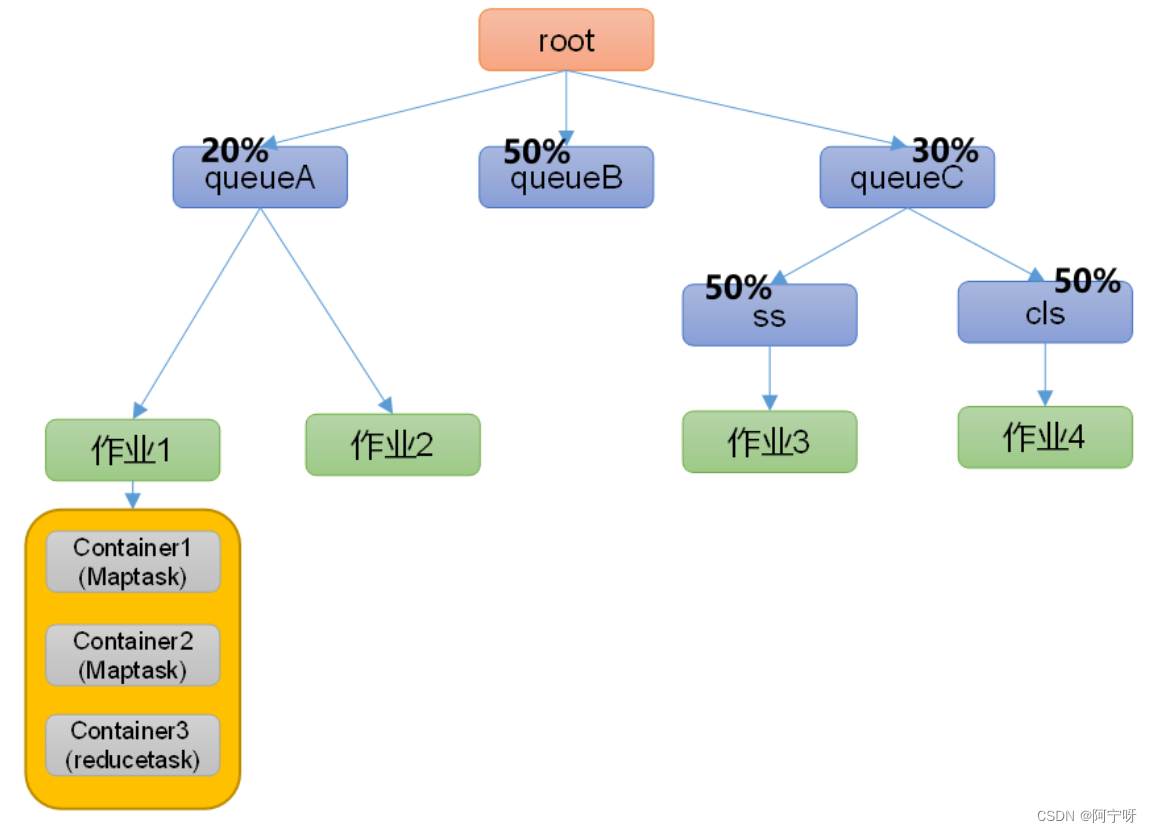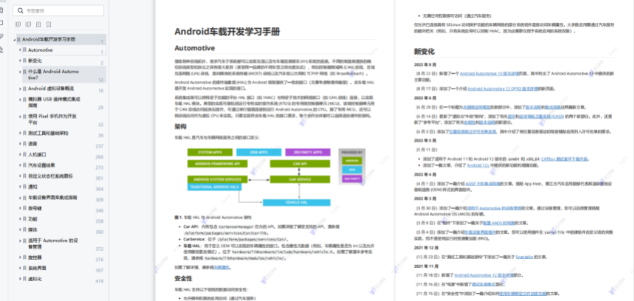Java NIO原理机制
什么是NIO
Java NIO(New IO)是Java 1.4版本引入的一个新的IO API,与传统的Java IO有着同样的作用和目的,但是使用方式完全不同。NIO支持面向缓冲区的、基于通道的IO操作,可以提供比传统IO更高效、更灵活的IO操作方式,适用于高并发、大吞吐量的场景。
相比于传统的流式IO,NIO利用了基于缓存区的思路,将数据先读取到一个固定大小的缓存区中,然后再从缓存区中读取或写入数据,因此可以避免频繁地进行系统调用和上下文切换,从而提高了IO的效率。
NIO的实现原理
基本组件
Java NIO系统的核心在于通道(Channel)和缓冲区(Buffer)。通道表示打开到IO设备(如文件、套接字)的连接,缓冲区用于容纳数据进行处理。NIO的基本组件如下:
- Channel:数据通道,类似于水管,用于读取和写入数据,可以理解为是一个双向的通道。
- Buffer:缓存区,用于缓存数据,可以看成一块内存块,实际上是自动扩展的byte数组。
- Selector:选择器,用于监听Channel上的IO事件,例如连接请求、数据到达等。
实现原理
NIO的实现原理主要基于以下几个方面:
缓存区(Buffer)
缓存区是NIO的一个核心组件,在缓存区中可以存储读取或写入的数据,缓冲区类别如下:
- ByteBuffer
- CharBuffer
- ShortBuffer
- IntBuffer
- LongBuffer
- FloatBuffer
- DoubleBuffer
缓存区的操作主要包括两种:put和get。put操作将数据从外部写入缓冲区,get操作则将数据从缓冲区读取到外部。
通道(Channel)
通道表示打开到IO设备(如文件、套接字)的连接,可以读取和写入数据。通道主要分为两大类:
- FileChannel:文件通道,用于文件的读写操作。
- SocketChannel/ServerSocketChannel :网络通道,用于网络IO操作。
通道的读写操作主要通过Buffer进行,如下所示:
// 读取文件通道数据
FileInputStream fis = new FileInputStream("file.txt");
FileChannel fChannel = fis.getChannel();
ByteBuffer bBuf = ByteBuffer.allocate(1024);
int bytesRead = fChannel.read(bBuf); // 读取数据到缓冲区
while (bytesRead != -1) {System.out.println("Read " + bytesRead);bBuf.flip(); // 将缓冲区由写模式切换到读模式while (bBuf.hasRemaining()) {System.out.print((char) bBuf.get()); // 读取缓冲区数据}bBuf.clear(); // 清空缓冲区,准备下一次读取bytesRead = fChannel.read(bBuf);
}
fis.close();
// 写入文件通道数据
FileOutputStream fos = new FileOutputStream("file.txt");
FileChannel fChannel = fos.getChannel();
ByteBuffer bBuf = ByteBuffer.allocate(1024);
byte[] msgBytes = "Hello, NIO!".getBytes();
bBuf.put(msgBytes); // 将数据写入缓冲区
bBuf.flip(); // 将缓冲区由写模式切换到读模式
while (bBuf.hasRemaining()) {fChannel.write(bBuf); // 将缓冲区中的数据写入文件通道
}
fos.close();
选择器(Selector)
选择器是NIO提供的一种高效的IO多路复用机制,可以监听多个通道上的事件。在一个线程内可以同时监听多个通道的读就绪、写就绪等事件,有效地降低了多线程开发复杂度和系统开销。
选择器的基本操作如下:
- 调用Selector.open()创建一个Selector对象。
- 调用Channel.register()方法将通道注册到Selector上,并指定所需监听的IO事件。
- 不断调用Selector.select()方法进行选择操作,该方法会阻塞直到有对应的IO事件发生。
- 调用Selector.selectedKeys()方法获取Selector上已选择的IO事件集合。
- 通过遍历已选择的IO事件集合,处理对应的IO操作。
// 创建选择器
Selector selector = Selector.open();
// 注册通道到选择器,并指定监听事件
channel.configureBlocking(false);
SelectionKey key = channel.register(selector, SelectionKey.OP_READ);
// 不断循环选择操作
while (true) {int readyChannels = selector.select();if (readyChannels == 0) {continue;}Set<SelectionKey> selectedKeys = selector.selectedKeys();Iterator<SelectionKey> keyIterator = selectedKeys.iterator();while (keyIterator.hasNext()) {SelectionKey key = keyIterator.next();if (key.isAcceptable()) {// 处理连接接受事件} else if (key.isConnectable()) {// 处理连接就绪事件} else if (key.isReadable()) {// 处理读就绪事件} else if (key.isWritable()) {// 处理写就绪事件}keyIterator.remove();}
}
NIO的应用场景
NIO适用于大量连接并发、数据传输量较大的场景,例如:
- 高并发的网络服务器,如Web服务器。
- 分布式系统,如Hadoop等。
- 数据库连接池,提高数据库操作效率。
- 大文件的读写,通过内存映射的方式可以避免频繁的磁盘IO操作。
NIO实操案例
下面我们来看一个简单的NIO应用实例:基于NIO实现的Echo服务器。
服务器端代码
public class NIOServer {public static void main(String[] args) throws IOException {// 创建ServerSocketChannelServerSocketChannel serverSocketChannel = ServerSocketChannel.open();serverSocketChannel.socket().bind(new InetSocketAddress(8888));serverSocketChannel.configureBlocking(false);// 创建SelectorSelector selector = Selector.open();serverSocketChannel.register(selector, SelectionKey.OP_ACCEPT);while (true) {int readyChannels = selector.select();if (readyChannels == 0) {continue;}Set<SelectionKey> selectedKeys = selector.selectedKeys();Iterator<SelectionKey> keyIterator = selectedKeys.iterator();while (keyIterator.hasNext()) {SelectionKey key = keyIterator.next();if (key.isAcceptable()) {// 处理连接请求事件SocketChannel socketChannel = serverSocketChannel.accept();socketChannel.configureBlocking(false);socketChannel.register(selector, SelectionKey.OP_READ);System.out.println("建立新连接: " + socketChannel.getRemoteAddress());} else if (key.isReadable()) {// 处理读取数据事件SocketChannel socketChannel = (SocketChannel) key.channel();ByteBuffer buffer = ByteBuffer.allocate(1024);socketChannel.read(buffer);buffer.flip();socketChannel.write(buffer);}keyIterator.remove();}}}
}
客户端代码
public class NIOClient {public static void main(String[] args) throws IOException {SocketChannel socketChannel = SocketChannel.open(new InetSocketAddress("localhost", 8888));ByteBuffer buffer = ByteBuffer.allocate(1024);buffer.put("Hello, NIO!".getBytes());buffer.flip();socketChannel.write(buffer);buffer.clear();socketChannel.read(buffer);System.out.println(new String(buffer.array()));socketChannel.close();}
}
NIO总结
Java NIO是一种面向缓存区的、基于通道的IO操作方式,可以提供比传统IO更高效、更灵活的IO操作方式,适用于高并发、大吞吐量的场景。NIO的核心组件包括通道(Channel)、缓冲区(Buffer)、选择器(Selector),NIO的实现原理主要基于这些组件之间的交互和协作。NIO的典型应用场景包括网络服务器、分布式系统、数据库连接池等。





